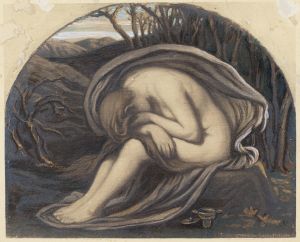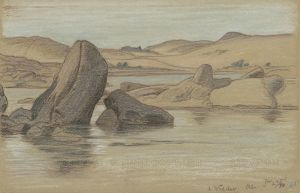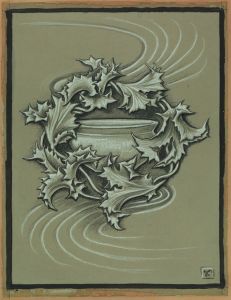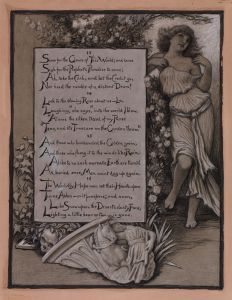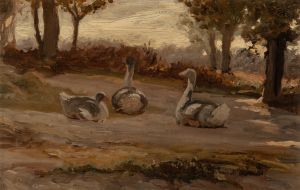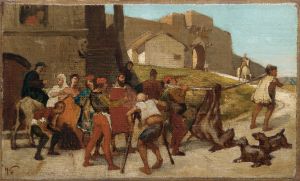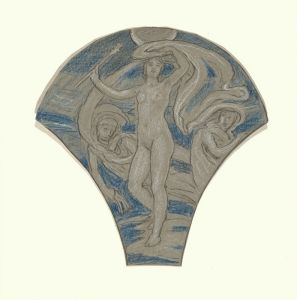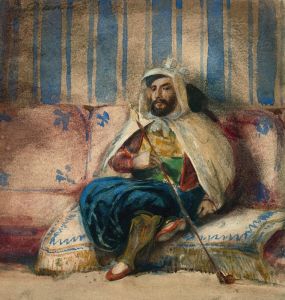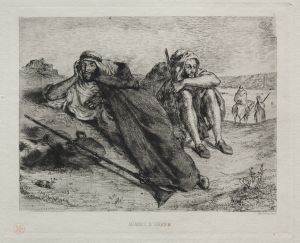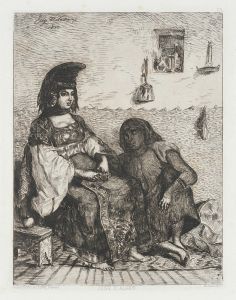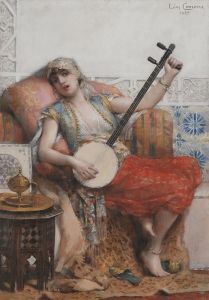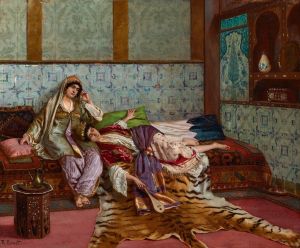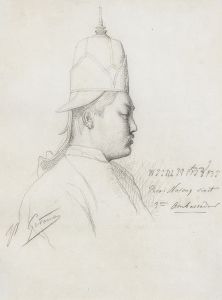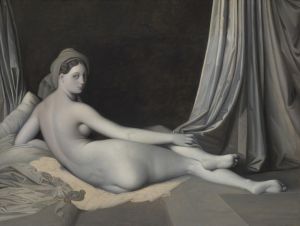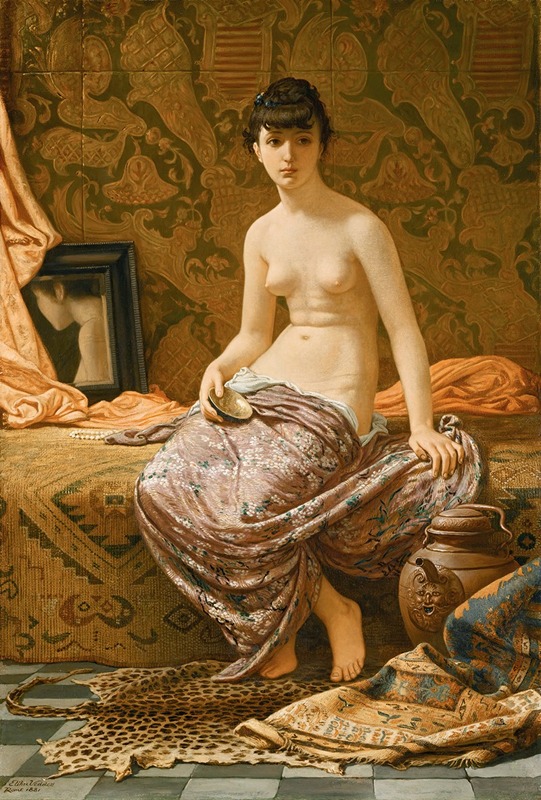
Odalisque
A hand-painted replica of Elihu Vedder’s masterpiece Odalisque, meticulously crafted by professional artists to capture the true essence of the original. Each piece is created with museum-quality canvas and rare mineral pigments, carefully painted by experienced artists with delicate brushstrokes and rich, layered colors to perfectly recreate the texture of the original artwork. Unlike machine-printed reproductions, this hand-painted version brings the painting to life, infused with the artist’s emotions and skill in every stroke. Whether for personal collection or home decoration, it instantly elevates the artistic atmosphere of any space.
Elihu Vedder (1836–1923) was an American symbolist painter, book illustrator, and poet, known for his mystical and allegorical works. One of his notable paintings is "Odalisque," which reflects his interest in exotic and oriental themes, a common fascination among artists of the 19th century.
"Odalisque" by Elihu Vedder was created in 1879. The term "odalisque" refers to a female slave or concubine in a harem, particularly within the Ottoman Empire. This subject matter was popular among Western artists during the 19th century, who were influenced by the Orientalist movement, which romanticized and often misrepresented Eastern cultures.
In Vedder's "Odalisque," the artist portrays a reclining female figure, a common pose for odalisques in art. The woman is depicted with a sense of languor and sensuality, lying on a richly decorated couch or divan. Her attire is elaborate, featuring luxurious fabrics and intricate patterns, which highlight the opulence associated with the harem setting. The background is adorned with decorative elements that further emphasize the exotic and sumptuous environment.
Vedder's use of color and light in "Odalisque" is notable. He employs a warm palette, with rich reds, golds, and browns, creating a sense of warmth and intimacy. The lighting is soft, casting gentle shadows that enhance the three-dimensionality of the figure and the textures of the fabrics. This careful attention to detail and texture is characteristic of Vedder's style, which often combines realistic elements with a dreamlike quality.
The composition of "Odalisque" is balanced and harmonious, with the reclining figure positioned diagonally across the canvas. This diagonal placement creates a dynamic yet relaxed feel, drawing the viewer's eye along the length of the figure. The overall effect is one of tranquility and introspection, inviting the viewer to contemplate the inner world of the odalisque.
Elihu Vedder's "Odalisque" reflects the broader cultural and artistic trends of his time, particularly the fascination with the exotic and the mysterious. While the painting adheres to the conventions of Orientalist art, it also showcases Vedder's unique artistic vision and his ability to convey mood and atmosphere through his use of color, light, and composition.
"Odalisque" is part of Vedder's larger body of work, which includes paintings, illustrations, and poetry. He is perhaps best known for his illustrations for the 1884 edition of "The Rubaiyat of Omar Khayyam," which further demonstrates his interest in Eastern themes and his skill in creating intricate, symbolic imagery.
Today, Elihu Vedder's "Odalisque" is appreciated not only for its aesthetic qualities but also as a representation of the 19th-century Western fascination with the East. It serves as a reminder of the cultural exchanges and the often problematic nature of Orientalist art, which can reflect both admiration and misunderstanding of Eastern cultures.





